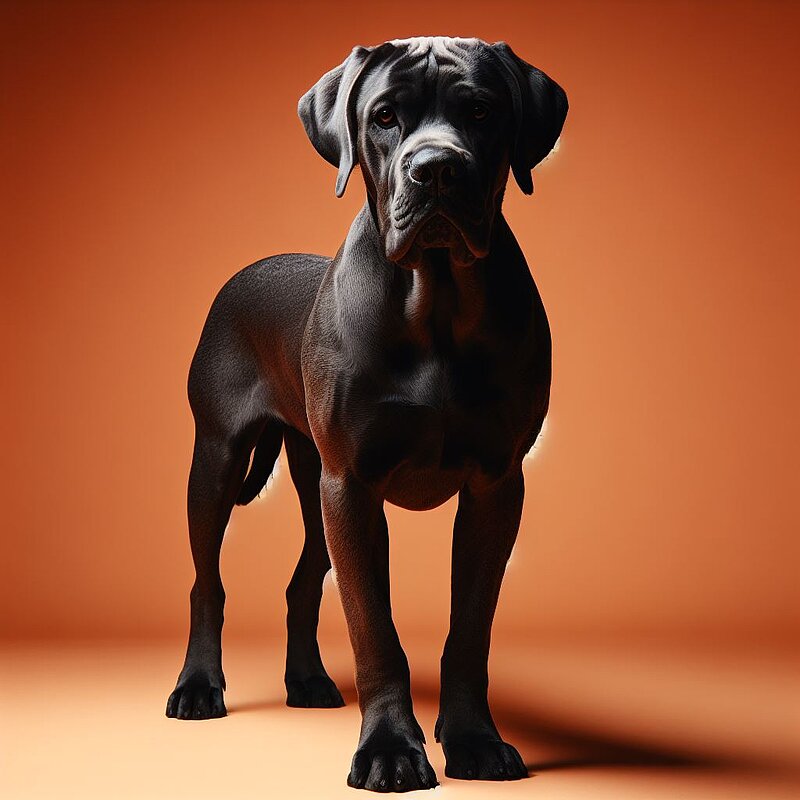The mighty Broholmer: a gentle giant from Denmark
The history of the Broholmer
The roots of the Broholmer go way back to the Middle Ages, when it was used as a hunting and guard dog in the castles of the Danish aristocracy. The breed was named after Broholm Castle, a manor house on the island of Funen, where it was selectively bred in the 18th century. After almost completely disappearing in the 20th century, the Broholmer experienced a renaissance in the 1970s thanks to dedicated breeders. Today, it is recognized and valued as a national Danish dog breed.
Who is the Broholmer suitable for?
The Broholmer is ideal for families and individuals looking for a loyal, calm and protective companion. Due to its size and urge to move around, it needs a lot of space and is less suitable for living in small city apartments. A house with a large, fenced-in garden is perfect for this dog. He is particularly well suited to experienced dog owners who understand his training and needs.
Character and temperament
The Broholmer is known for its calm and friendly nature. He is extremely loyal to his family and has a strong protective instinct. Despite his imposing appearance, he is gentle and gets along well with children and other pets. He can be reserved towards strangers at first, but never shows aggression without reason.
Appearance of the Broholmer
The Broholmer is a large, strong dog with a powerful head and a muscular body. Males reach a shoulder height of 70 to 75 cm and weigh between 50 and 70 kg, while females are somewhat smaller and lighter. Its short, dense coat comes in various colors, but mostly in yellow, red-yellow or black. A black mask and white markings on the chest and paws are typical.
Grooming and health
Grooming the Broholmer is relatively uncomplicated. Regular brushing is sufficient to keep the coat clean and healthy. However, brushing should be intensified during the shedding season in spring and fall. Its ears should be checked regularly and kept clean to avoid infections.
In terms of health, the Broholmer, like many large breeds, is prone to hip and elbow dysplasia. A balanced diet and regular veterinary check-ups are therefore essential. Overall, however, the breed is considered robust and healthy.
Exercise and training
The Broholmer needs sufficient daily exercise to stay fit and happy. Long walks and outdoor playtime are a must. Due to its calm temperament, it is also suitable for relaxed activities such as leisurely walks or quiet games in the garden. Intensive sporting activities or demanding dog sports are less his thing.
Behavioral characteristics and interactions
The Broholmer is known for its patient and affectionate nature towards children. It is an excellent family dog and is particularly protective and careful with the youngest children. It also gets on well with other animals, especially if it is socialized at an early age.
FCI recognition and interesting facts
The breed is recognized by the FCI (Fédération Cynologique Internationale) and is listed in Group 2 (Pinscher and Schnauzer - Molossoid - Swiss Mountain and Cattle Dogs). Broholmers are highly valued in their native Denmark and are often used as therapy dogs, thanks to their calm and stable nature.
Information
Country of origin
Appearance
Height at withers
Weight
Life expectancy
Breeding
FCI-Group
Standard
Section
More pictures
Similar to Broholmer
These dog breeds look similar to the Broholmer or resemble it in character.




